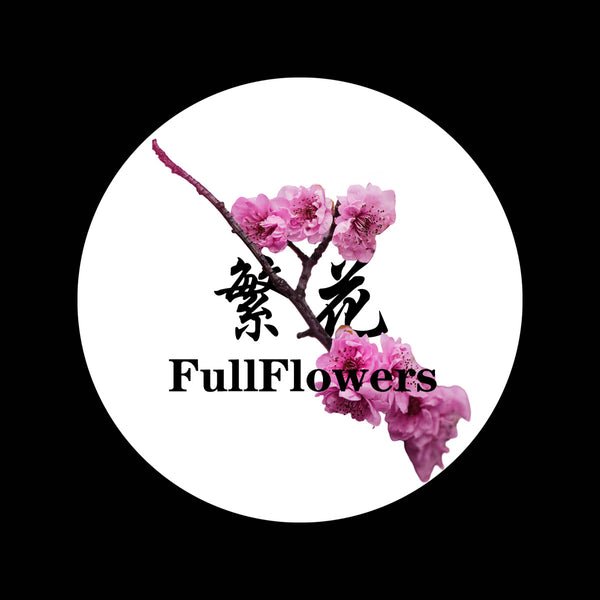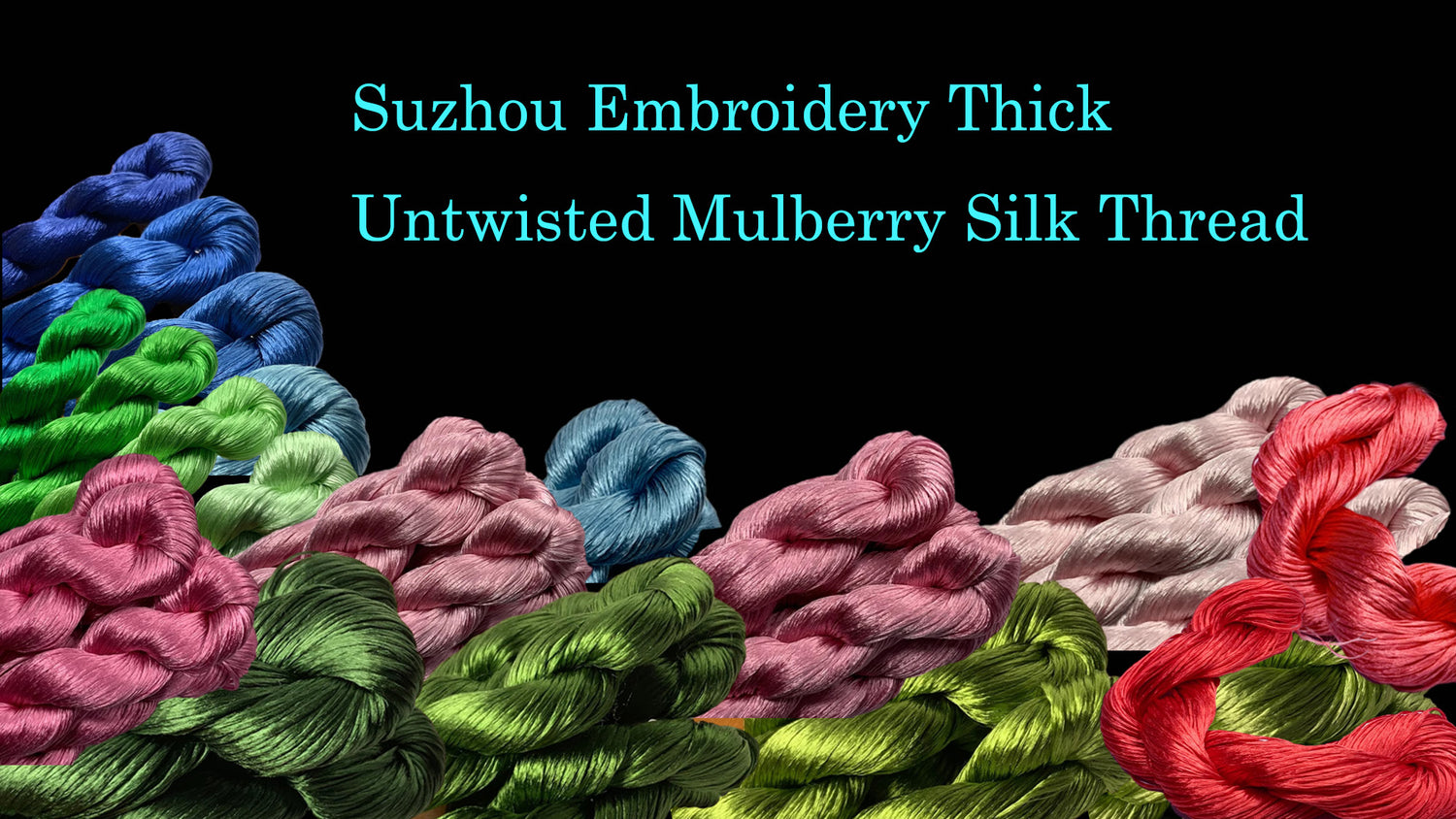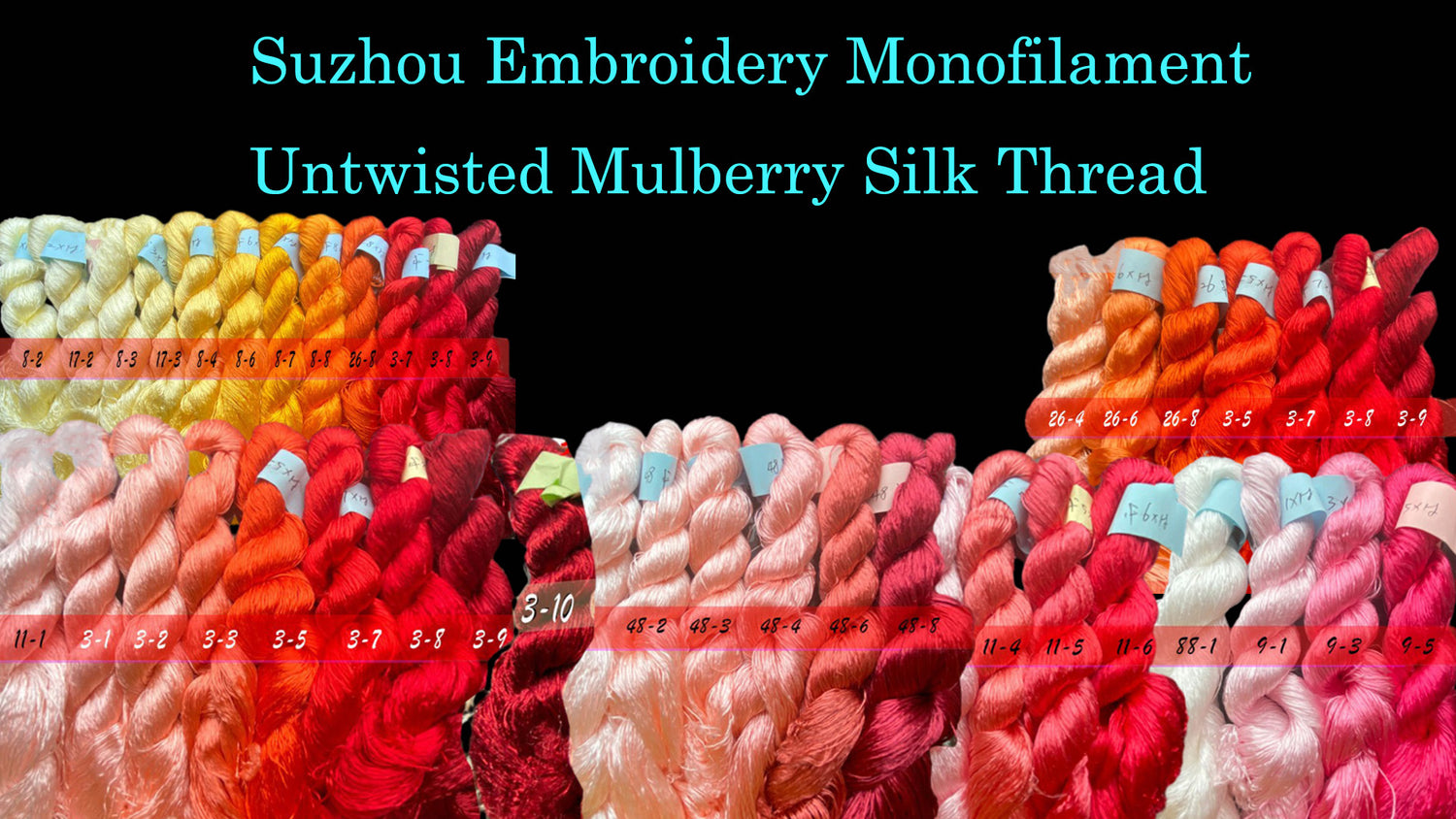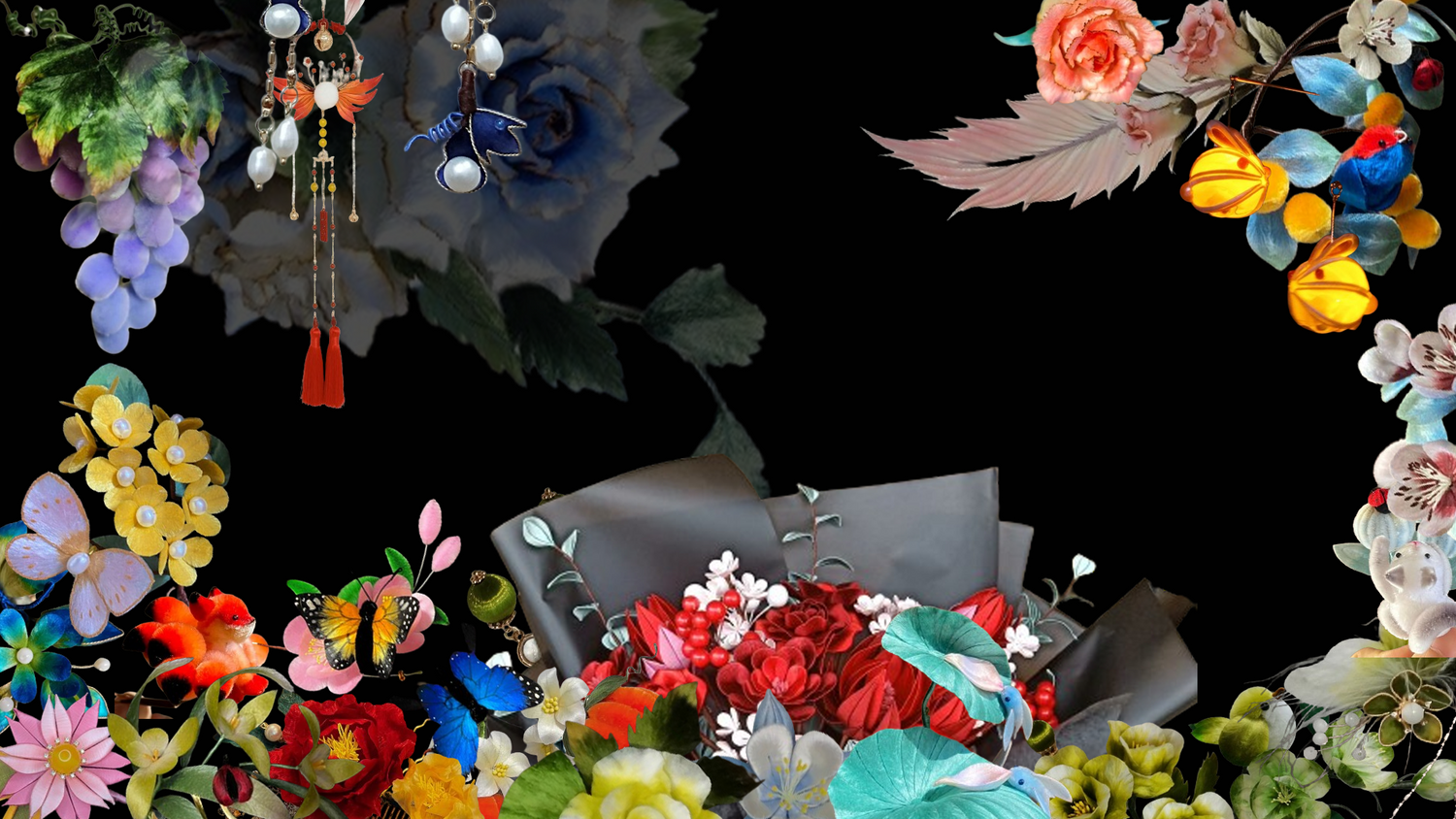
18 Traditional Chinese Line Drawing Techniques - 18 Miao(10--18)
Share
10. Mixed Line Drawing (Hun Miao)(混描)
 Mixed line drawing, or "hun miao," emphasizes the skillful combination of thick and thin lines. The faint ink lines effectively depict the subtle outlines beneath sheer fabric, naturally conveying the transparency of the material. This technique adds a sense of depth and richness to the composition.
Mixed line drawing, or "hun miao," emphasizes the skillful combination of thick and thin lines. The faint ink lines effectively depict the subtle outlines beneath sheer fabric, naturally conveying the transparency of the material. This technique adds a sense of depth and richness to the composition.
Additionally, combining ink tones can produce a yin-yang line effect, resulting in varied and three-dimensional lines. Another approach is to apply light ink along one side of the lines to create a sense of concavity and convexity.

Drunken Beauty (Mixed Line Drawing)
In the picture, the protagonist is dressed in long-sleeved sheer fabric, with an open chest, embodying the typical image of a Tang Dynasty noblewoman. The subject matter of "Drunken Beauty" portrays Yang Guifei’s inebriation through the droplet from the wine pot, her tilted head, and staggering steps. The detailed decorative patterns on her clothes, the exquisite wine pot, and her refined accessories highlight her luxurious and noble demeanor.
When creating the final drawing, outline the main lines first, followed by the decorative elements and clothing patterns. Although secondary, the patterns require meticulous attention to enhance the drawing’s refinement. This also reflects the protagonist’s affluent status and character traits. With the motion directed to the right, the signature is placed on the left for balance.
11. Horse-Leech Drawing (Ma Huang Miao)(马蝗描) Named after the Southern Song painter Ma Hezhi, this method is also known as "Orchid Leaf Drawing." It features flexible and strong lines, smooth and flowing, with distinct ups and downs. Wu Daozi also used this technique, with bold, smooth strokes that transition naturally between thick and thin, creating a three-dimensional effect.
Named after the Southern Song painter Ma Hezhi, this method is also known as "Orchid Leaf Drawing." It features flexible and strong lines, smooth and flowing, with distinct ups and downs. Wu Daozi also used this technique, with bold, smooth strokes that transition naturally between thick and thin, creating a three-dimensional effect.
 Zhuge Liang (Horse-Leech Drawing)
Zhuge Liang (Horse-Leech Drawing)
In the picture, Zhuge Liang is depicted using the horse-leech technique, with elegant, fluid, and steady lines, revealing his character and temperament naturally.
12. Jujube Pit Drawing (Zao He Miao)(枣核描)
Using a large, pointed brush, this method is similar to "Olive Drawing" but with a softer rhythm, resulting in freer lines.
 Emperor Wu of Han (Jujube Pit Drawing)
Emperor Wu of Han (Jujube Pit Drawing)
The powerful and vigorous lines, along with the intricate accessories and patterns, symbolize imperial authority and luxury.
13. Earthworm Drawing (Qiu Yin Miao)(蚯蚓描) Earthworm drawing requires soft yet firm lines, with hidden strength. The lines should be smooth, similar to rounded seal script strokes.
Earthworm drawing requires soft yet firm lines, with hidden strength. The lines should be smooth, similar to rounded seal script strokes.
 Confucius (Earthworm Drawing)
Confucius (Earthworm Drawing)
Confucius is depicted in a serene and dignified manner, with flowing, broad clothing. This technique emphasizes long, smooth lines with a balance of softness and strength.
14. Cao Yi Drawing (Cao Yi Miao)(曹衣描) Named after Cao Zhongda of the Northern Qi, this method features dense, overlapping lines with tight, narrow clothing, giving the appearance of being wet. It's also suggested that this technique might have been created by Cao Buxing. The clothing appears to cling to the body, vividly conveying the texture of silk and fabric, revealing the body’s movement through the drapery.
Named after Cao Zhongda of the Northern Qi, this method features dense, overlapping lines with tight, narrow clothing, giving the appearance of being wet. It's also suggested that this technique might have been created by Cao Buxing. The clothing appears to cling to the body, vividly conveying the texture of silk and fabric, revealing the body’s movement through the drapery.
 Longevity Star (Cao Yi Drawing)
Longevity Star (Cao Yi Drawing)
In "Longevity Star," the composition is full, and the figure’s expression is joyful. The detailed strokes convey the old man's immortal aura.
15. Simplified Brush Drawing (Jian Bi Miao)(减笔描) Despite its simplified and concise lines, simplified brush drawing is profound and visually appealing. This technique requires capturing the form with the most straightforward strokes. Artists like Ma Yuan and Liang Kai of the Yuan Dynasty frequently used this method. The strokes must be clear and identifiable, with long, varied ink lines.
Despite its simplified and concise lines, simplified brush drawing is profound and visually appealing. This technique requires capturing the form with the most straightforward strokes. Artists like Ma Yuan and Liang Kai of the Yuan Dynasty frequently used this method. The strokes must be clear and identifiable, with long, varied ink lines.
 Zhong Kui (Simplified Brush Drawing)
Zhong Kui (Simplified Brush Drawing)
In the picture, Zhong Kui is portrayed with bold strokes, showcasing his righteous and imposing presence. His body’s structure and the folds of his clothing are depicted with a few simple lines, highlighting his head and hands for a more expressive effect. The hair and clothing lines should be smooth and vigorous, creating a striking contrast.
16. Reed Drawing (Zhe Lu Miao)(折芦描) Using brush strokes that transition from rounded to angular, this technique mimics clerical script writing. Southern Song painter Liang Kai often used this method.
Using brush strokes that transition from rounded to angular, this technique mimics clerical script writing. Southern Song painter Liang Kai often used this method.
 Tang Taizong (Reed Drawing)
Tang Taizong (Reed Drawing)
In the depiction of Tang Taizong, the lines are tight yet natural, conveying the figure's majestic and distinguished character.
17. Firewood Brush Drawing (Chai Bi Miao)(柴笔描)
 A robust, simplified brush drawing method, it is characterized by strong, orderly lines. This technique requires a clear vision and confident execution, making it suitable for depicting strong, bold characters.
A robust, simplified brush drawing method, it is characterized by strong, orderly lines. This technique requires a clear vision and confident execution, making it suitable for depicting strong, bold characters.
 Li Kui (Firewood Brush Drawing)
Li Kui (Firewood Brush Drawing)
In the picture, Li Kui is depicted with firm, powerful lines, creating a dynamic and spacious composition.
18. Olive Drawing (Gan Lan Miao)(橄榄描) Featuring lines with pointed ends resembling olives, this method avoids weakness in the middle of the strokes. Yan Hui often used this technique. In the illustration of Bodhidharma, the contrasting line methods for the body and clothing enhance the mystical quality of the subject.
Featuring lines with pointed ends resembling olives, this method avoids weakness in the middle of the strokes. Yan Hui often used this technique. In the illustration of Bodhidharma, the contrasting line methods for the body and clothing enhance the mystical quality of the subject.
 Bodhidharma (Olive Drawing)
Bodhidharma (Olive Drawing)
The lines depicting the clothing are firm and vigorous, while Bodhidharma's serene, aged appearance reflects intense spiritual cultivation. Different line qualities are used for the body and clothing: precise, realistic lines for the body, and strong, multi-faceted olive strokes for the clothing. The final drawing starts with the head, hands, and upper body, with detailed, careful lines. Then, the clothing is drawn with bold, direct strokes. Finally, a small brush is used to depict the mat.








